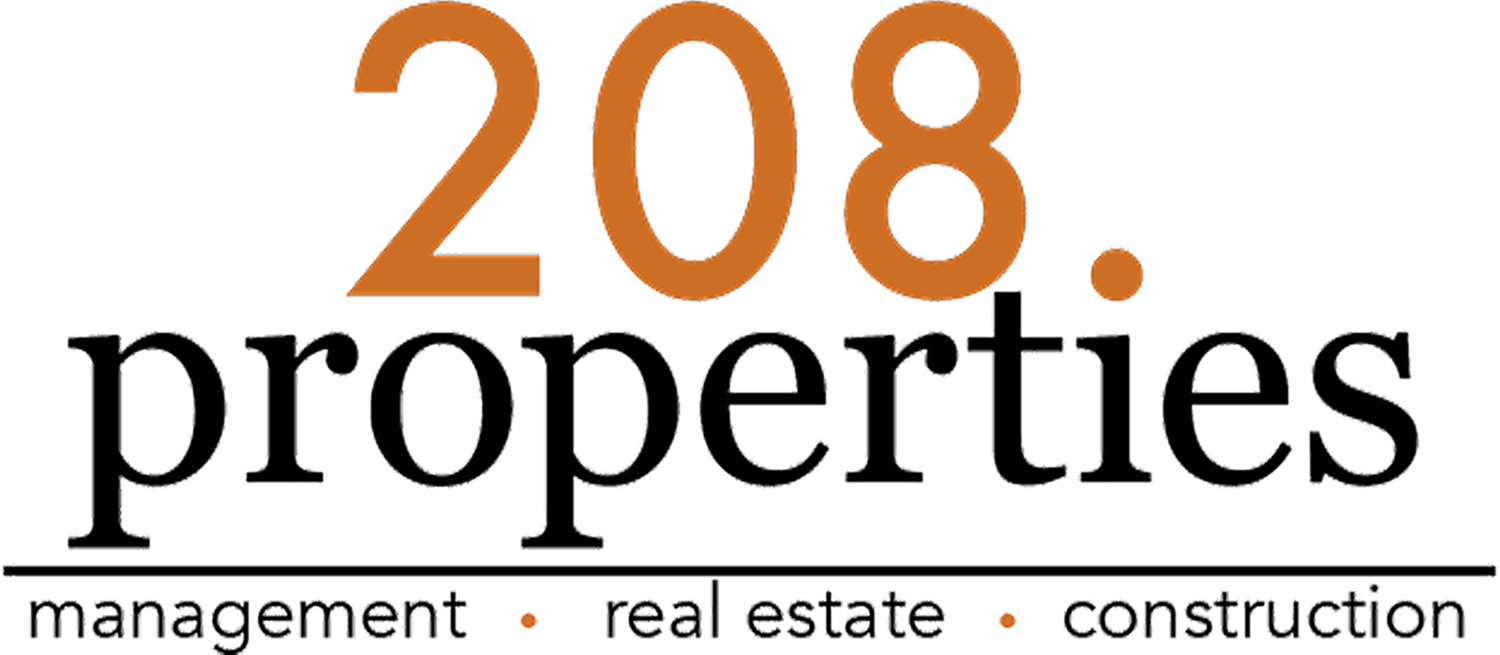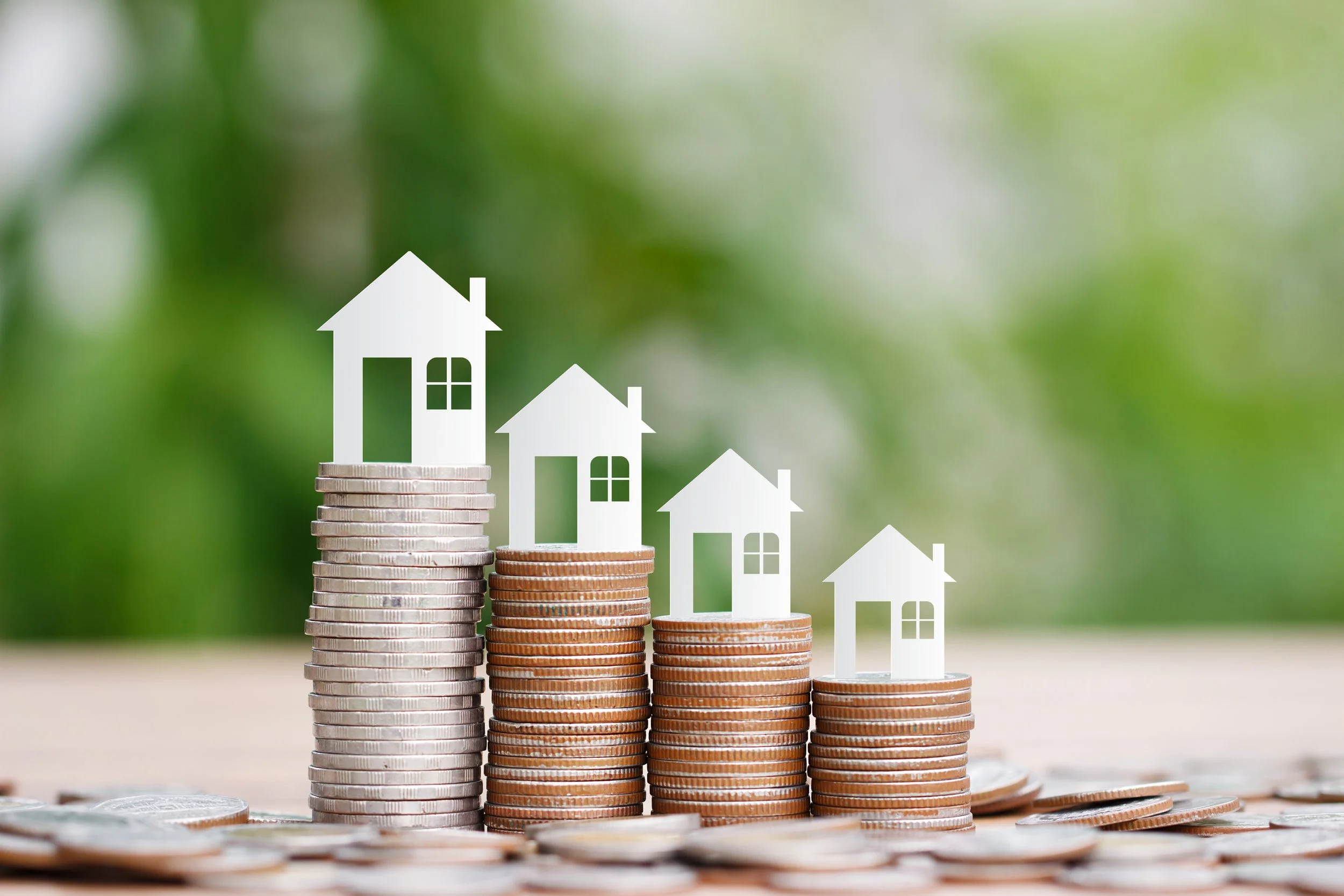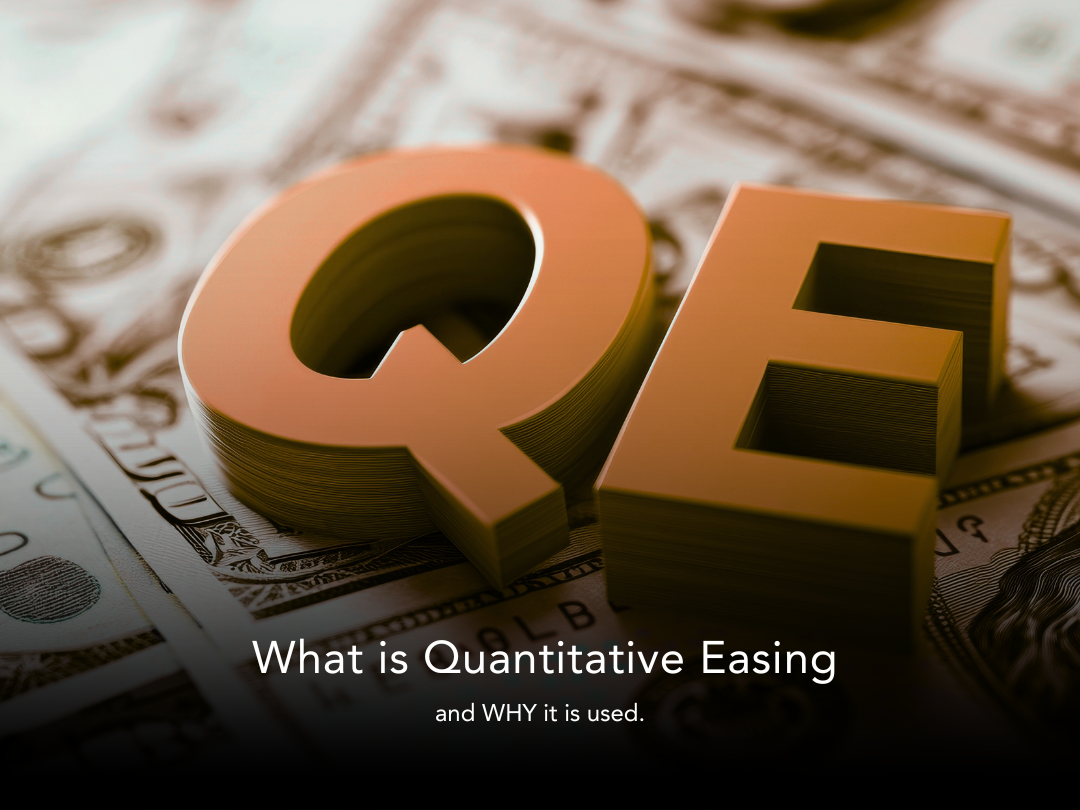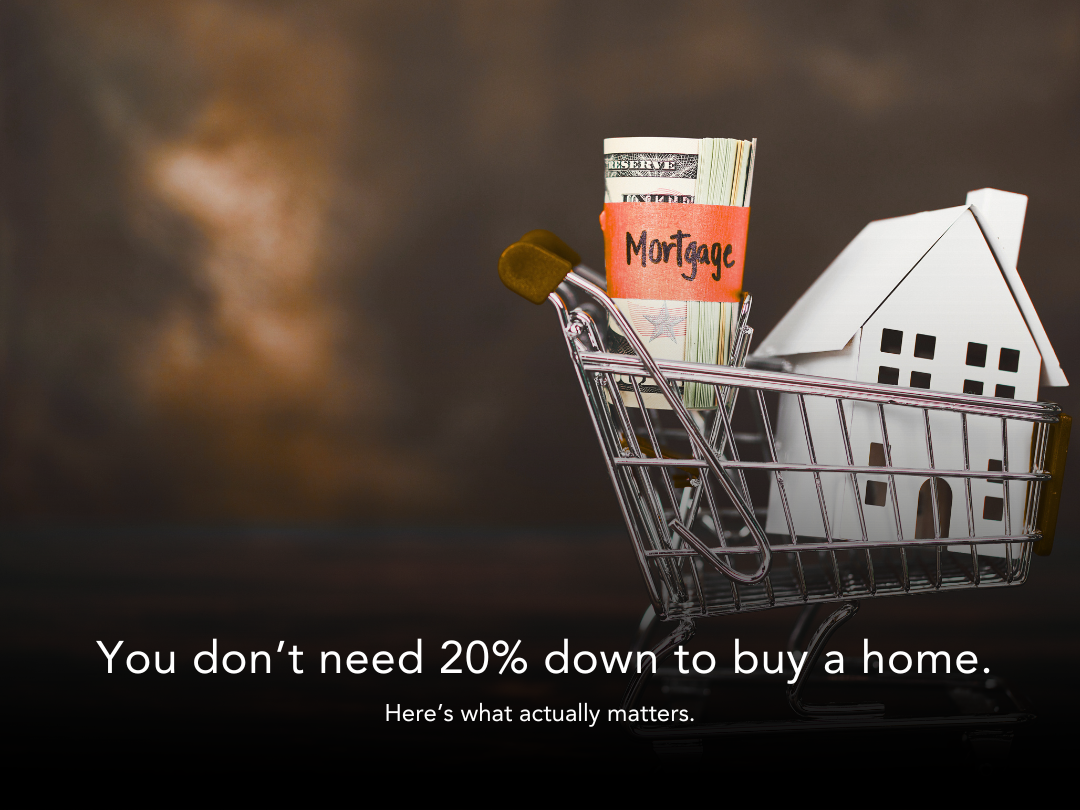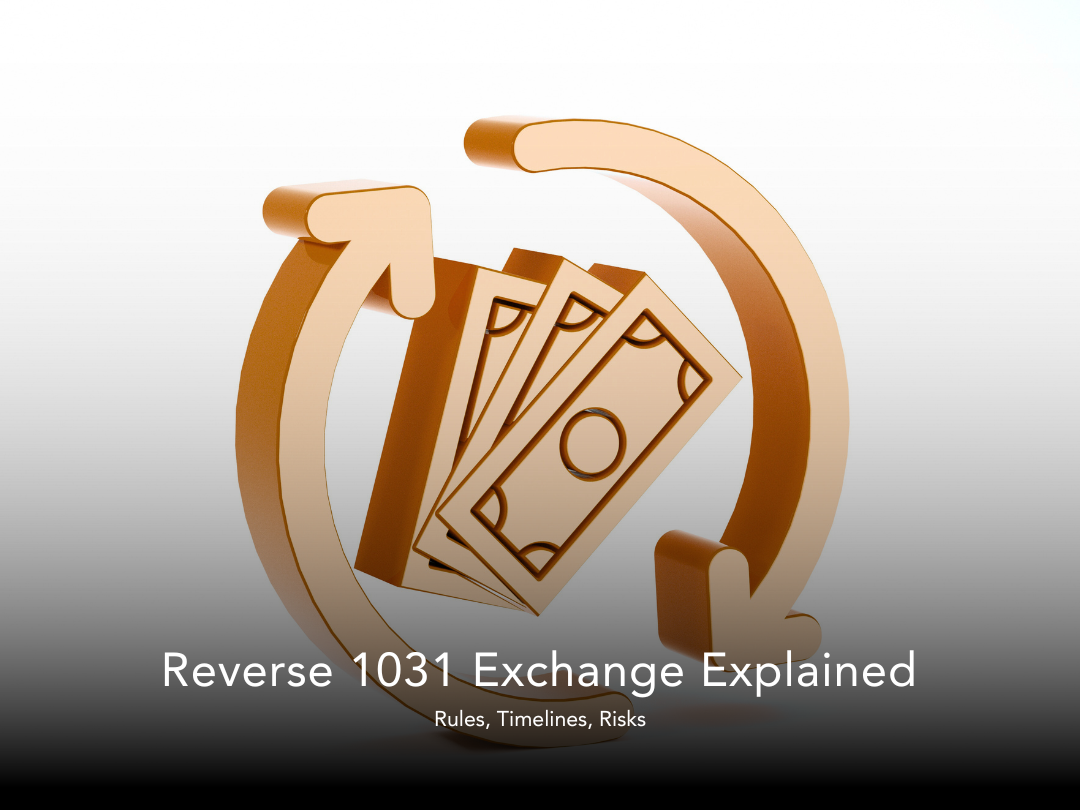In the dynamic world of real estate investment, understanding the intricate relationship between interest rates and house prices is crucial. One of the most important and often discussed phenomena is the inverse relationship between lower interest rates and house prices. This relationship can significantly impact investors' decisions and strategies.
The Basics: Interest Rates and House Prices
Interest rates are the cost of borrowing money, typically set by a country's central bank. When interest rates are low, borrowing becomes cheaper. This affordability extends to mortgage rates, making it more appealing for individuals to take out loans to purchase homes.
House prices, on the other hand, are influenced by a myriad of factors, including supply and demand, economic conditions, and buyer behavior. One critical factor affecting house prices is the prevailing interest rate. Here's how this relationship works:
How Lower Interest Rates Influence House Prices
Increased Affordability and Demand: Lower interest rates reduce monthly mortgage payments, making homeownership more affordable for a larger group of people. This increased affordability boosts demand for homes. As more buyers enter the market, competition for available properties intensifies, driving up house prices.
Greater Purchasing Power: When interest rates drop, potential buyers find they can afford more expensive homes due to lower monthly payments. This increased purchasing power often leads buyers to bid higher on properties, further pushing up prices.
Investor Activity: Lower interest rates also attract real estate investors looking for lucrative opportunities. Investors are more likely to finance property purchases when borrowing costs are low. The surge in investment activity adds to the demand, contributing to higher house prices.
The Inverse Relationship in Action
To illustrate, let’s consider a scenario where a central bank decides to lower interest rates to stimulate economic growth. As a result:
Homebuyers Benefit: With mortgage rates dropping from, say, 5% to 3%, a buyer who could previously afford a $300,000 home might now afford a $350,000 home. This expanded budget prompts buyers to pursue higher-priced properties, increasing competition and driving up prices.
Increased Investor Interest: Investors, seeing the opportunity for higher returns due to lower financing costs, flock to the market. Their increased activity reduces housing inventory, heightening competition and pushing prices even higher.
Potential Risks for Investors
While lower interest rates can create opportunities, they also come with risks for investors:
Market Overheating: Rapidly increasing house prices can lead to a market bubble. If prices rise too quickly, they may become unsustainable, leading to a potential market correction.
Lower Yields: As house prices increase, rental yields may not keep pace. Investors need to carefully assess whether the rental income will justify the higher purchase price.
Economic Sensitivity: Lower interest rates are often a response to broader economic challenges. Investors must consider the overall economic environment and potential risks associated with it.
Strategic Considerations for Investors
Investors need to adopt a strategic approach to navigate the inverse relationship between lower interest rates and house prices.
